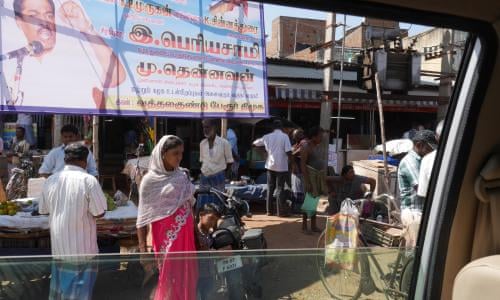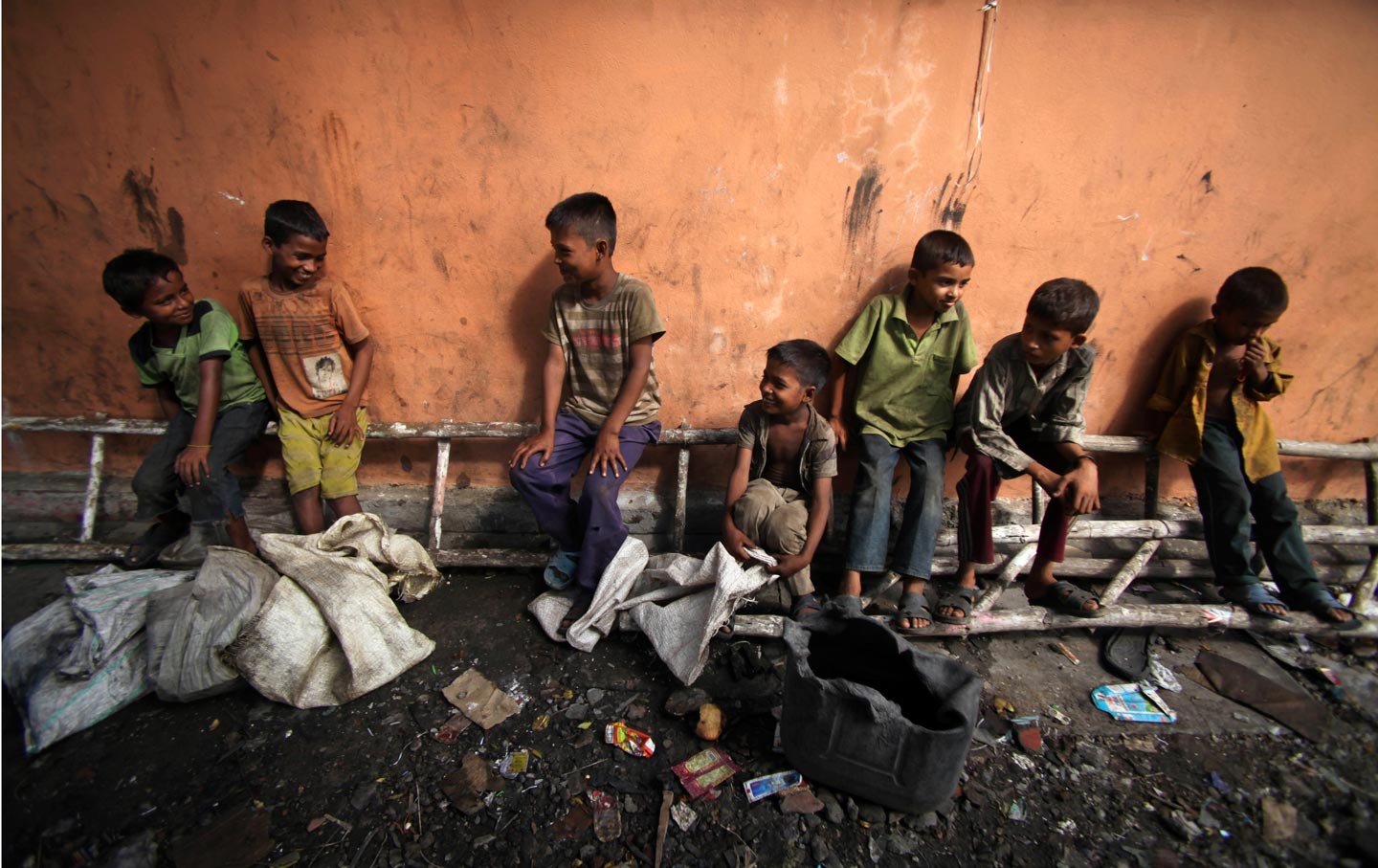The world is set to boost efforts to stop children working as 2021 marks the International Year for the Elimination of Child Labour, amid concerns that COVID-19 has fuelled the practice. The negative impacts of child labour on physical and mental health are well documented – poor growth, malnutrition, serious skin and other infections, chronic lung disease, musculoskeletal.
India’s place in the world
With the integration of India in the world economy over 20 years ago, the international pressure has been demanding that cheap goods manufactured in India were in compliance with international labor standards and human rights. Just how big is the problem?
India in fact is the hotbed of child labor worldwide, with over 45m children involved in forced labor (other sources claim that over 60m kids are affected). That’s nearly ¼ of child laborers in the planet. We say children are forced to work because none of them is a free individual at this age; they depend on their parents (and their environment) who make decisions for them, most of the time because of the lack of alternative. These are kids forced into labor by circumstances imposed on them at birth.
Public opinion & the government
As the country develops economically, people are becoming increasingly aware of the problem. Tackling child labor in India has been a priority for nearly 25 years – ever since the first government program, the National Child Labour Projects (NCLP) at the end of the 1980s.
Over the years this program has been refined and improved. It now addresses multiple aspects of the problem, such as offering and improving:
- Vocational training
- Public education
- Economic opportunities for poor families
The National Child Labor Policy has come to understand that its best shot was to bring around the table the various actors involved in this: government agencies, private companies (to increase wages), unions and NGOs.

That is indeed the best way for them to tackle - in a coordinated manner - all the different causes of child labor in India. But they need to include the people as well because it’s important to remember that culture and social customs are another factor that has consequences on children’s lives.
For instance, many parents don’t understand or aren’t really aware of the impact of allowing girls to have an education. A new survey by the government will be conducted in the near future to update current numbers and facts about child labor in India. This will allow them to better understand the impact of the recently expanded NCLP as well as their cooperation with the International Labor Organization (ILO).
The nature and causes of child labor in India
Although India has never sent as many kids to school as today, the official goal of achieving universal primary education is far from completed. While factories, sweatshops and their luxury working conditions often get more media coverage, the bulk of child labor in India happens in the fields.
However this doesn’t make it less hazardous: kids are more sensitive to dangerous insect and animal bites, but also to pesticides and accidents (tools, machinery) which happen nearly as often as in the manufacturing sector.
Causes of child labor in India
The causes are quite similar to any other country, though with many Indian singularities. Everyone agrees that child labor is a plague but most families know they don’t have much choice: not putting a child to work means there won’t be enough food on the table for everyone.
Schools also tend to teach things that aren’t always very useful to kids once they get back home, let alone to find a low-skilled job. In that sense, they don't provide much justification for parents to give their kids an education if they don't see immediate benefits. There isn’t as much as culture of education as you can find in East Asian countries for example and that’s because schools have never really been a means of social ascension. The caste system completely prevented that for centuries.
But things are slowly changing as the government is trying to improve the quality of schools as well as making their program more practical and relevant to children’s lives. Another problem remains: parents aren’t making enough of a living to sustain their family. That’s plain and simple poverty causing and fueling child labor in India. Be it in manufacturing or in agriculture, people are systematically under-paid.
The economics of child labor
In general, laws and government bans against child labor only have a very limited impact and in some cases they aggravate the situation, causing poor families to end up poorer. In India, it also reveals the lack of workers’ rights but also problems law enforcement. Aside the economics of child labor, there are also sociocultural problems: caste, class, discrimination and cultural biases (e.g. against girls).
The reason child labor in India is so hard to fight is also that most of it is informal, often occurs within the boundary of the family, and is therefore very hard to track down. And when it comes to legal sanctions, taking action against the parents is probably the worst thing to do for these kids. Whatever you do, they’re likely to end up worse off than they were before.
The role of education and schools
Government education programs
By law, India protects every child under 14 against the threat of forced labor. In the 1990s, government programs offered to pay such children a small amount of money ($2/month) in exchange of attending school. It took over 20 years for India to realize that its strategy was unimpressive and lacked ambition and real motivation. Efforts were too slow and uncoordinated.

Trying to change this, the NFE (non-formal education) program came as the acknowledgement that fighting child labor wasn’t an easy task and that it required to take into account the lives and livelihood of the poor. Therefore the program was set up so that children can both work and go to school, thus bypassing the goal of universal primary education. It’s a good way to make do with a complex reality.
In this program, classes happen after regular hours so that working children can attend them after working in the fields. They’re given a small remuneration as well as a snack and most of all this allows the government to keep an eye on these kids via annual health check-ups and other regular medical examinations.
The idea is that the little money they receive will compensate for the loss of a few hours’ work at home or in the fields. The government works jointly with NGOs to manage the program and tries to gradually pull these children into the “normal” schooling system over a few years. This process is known as the “mainstreaming” of this kids. Why not.
The success of schools in urban India
It’s in urban areas that the fight against child labor in India has been the most successful – beginning early on in the 1990s. Cities are indeed easier to monitor and laws are easier to implement there. Cities have also reaped most of the benefits from globalization and the opening of trade borders in India. Simply put, they got richer. And as a result an ever-growing proportion of urban children have started going to school as well.
Child Labor Tn
Outside cities, schooling costs represent the other main obstacle to education in India and explain the failure of making education more accessible. More than ever, poverty in India remains the main reason for kids not going to school. When comparing incomes, you can see that the cost of urban schools is much lower for their local residents, than rural schools are for rural Indians.
Most importantly, the job prospects are infinitely better in cities than in rural India. Despite a growing body of research producing statistics on child labor in India, there is still a massive lack of data and studies concerning Indian children living in slums – far from being proper cities and yet much closer to urban life.

Consequences of child labor in India
If poverty conditions the childhood of many Indians, there are also unexpected consequences that arise when governments get very zealous at promoting education. For instance, many parents make many sacrifices to be able to send their kids to school when they really can’t afford which ends up putting everyone's health at risk (both the kids' and the parents').
Child Labor In
In some cases, children working full-time have better chances of making it to adulthood than those who work less (or not at all), simply because they’re better fed. This shows the perverted effects of poverty on child labor and education and how these problems are interwoven. Parents who receive some welfare assistance are often happy to send their kids to school, but because of the limited social support they receive (not enough to feed their kids properly at least), this choice may end up harming their children’s physical development in the long run.
An all-out war
As always there is no silver bullet against child labor, let alone poverty. What works is a broad strategy aimed at reducing poverty, investing in human labor and infrastructures (local schools, quality education,…). Economic opportunities to increase household income are key. Yet, even in this case there are problems specific to India.
We’ve often argued that proper land re-distribution (which has never been accomplished by the government) - to break with the quasi-feudal landlord system – would not only be fair to exploited farmers and families, it would also dramatically increase their revenue.
But you can already see a new dilemma: in the first years of receiving more land, parents would want to make the most of it and would most likely hire their own kids to help.
It’s normal considering that it’d take a while before they can afford to hire staff or buy machines. But in that process they’d deny their kids their right to education and what we consider a normal childhood (playing, having fun, learning, etc).
It would also make education less appealing since parents can already guarantee a job to the next generation by bequeathing the land to their kids. You can see how the issue of child labor would become much more complex and it’s a problem that already exists in many developed countries as well.
Many argue rightfully that what matters is the children’s rights and freedom to choose how they want to lead their own lives. However the reality is much different and often times we’re all caught in traditions and family pressure. Breaking free sometimes also means breaking up with your family or taking the risk to create deep tensions and misunderstandings. It's the classic tale of family responsibilities vs. freedom.
A different solution: parents’ education
Aside from making schools cheaper and giving them more resources, educating the parents, in particular mothers, can make a huge difference in helping them understand the importance of education in one’s life.
However research has recently shown that mothers who only went to primary or middle school don't really generate much impact on their children, whereas those who have completed high school are much more committed to sending their kids to school. Quite understandably, the more you study, the more you gain the skills you need to climb up the social ladder and get better jobs.
Child Labor Cons
Healthcare & surviving childhood
Also, helping the parents cover the children’s basic health costs makes a huge difference in supporting the schooling effort.
How come? Well, the higher the child mortality rates, the larger families tend to be. If 1 in 5 kids die at an early age, then parents will have many of them to make sure at least a few survive.
